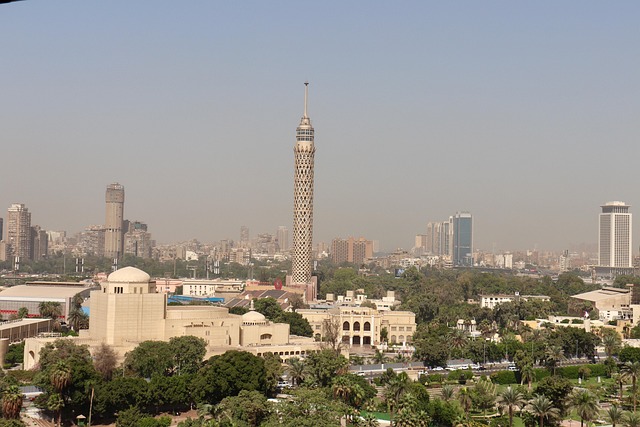Africa is not waiting for the future — it’s building it. From the deserts of Egypt to the Atlantic ports of Angola, a new wave of infrastructure is reshaping the continent’s economic and social landscapes. These are not just megaprojects; they are blueprints for transformation. At the heart of this momentum are Egypt and Angola — two nations leading with vision, scale, and speed.
Egypt: Smart Cities and High-Speed Ambitions
Egypt’s New Administrative Capital (NAC) is a striking symbol of the country’s modern aspirations. Located 45km east of Cairo, the NAC is designed as a futuristic smart city, integrating artificial intelligence for services, sustainable energy from solar grids, and state-of-the-art transport systems. It already houses government ministries and is projected to accommodate over six million residents. More than a relocation of power, the NAC represents a commitment to sustainable and efficient urban planning.
Alongside this, Egypt is launching Africa’s first high-speed rail system — a $23 billion project developed in partnership with Siemens Mobility. Spanning over 2,000 km, this “Suez Canal on tracks” will connect 60 cities from the Mediterranean to the Red Sea, slashing travel times and replacing diesel-powered trains with cleaner electric alternatives.
The benefits are manifold: connecting economic zones, reducing congestion, enhancing tourism, and significantly cutting carbon emissions. This is not just a transport project; it’s a sustainable leap forward in national and regional connectivity.
Angola: Corridors, Ports, and Urban Resilience
In Angola, a similar transformation is underway — grounded in logistics, trade, and economic diversification. The Lobito Corridor, a revitalized rail and trade route linking Angola to Zambia and the Democratic Republic of Congo, is becoming a vital artery for regional commerce. Originally built during the colonial era, the line is now being upgraded to carry minerals, agricultural goods, and manufactured products across borders.
The corridor is a game-changer for landlocked nations and a strategic shift for Angola — aiming to reduce oil dependence by facilitating new value chains. This vision is supported by global players, including the U.S. and EU, as part of broader geopolitical and economic cooperation.
At the coast, Angola is upgrading key ports — Luanda, Namibe, and Sacomar — to become modern logistics hubs. The Port of Luanda, for example, is undergoing major infrastructure enhancements to expand cargo handling capacity and reduce turnaround times. These upgrades are crucial to turning Angola into a regional trade facilitator.
Yet, Angola’s growth isn’t limited to infrastructure alone. With support from the World Bank, the country has launched the SONA Urban Rehabilitation and Redevelopment Project — a $300 million initiative focused on cities like Benguela and Huambo. It targets improved housing, public services, and local governance for fast-growing urban populations.
This people-first investment recognizes that inclusive urban growth is essential to national progress.
Conclusion: A Continent in Motion
The bold infrastructure programs in Egypt and Angola are more than national projects — they’re milestones in Africa’s broader development journey. From smart cities that redefine urban living to corridors and ports that connect entire regions, both nations are modeling what’s possible when vision meets execution.




